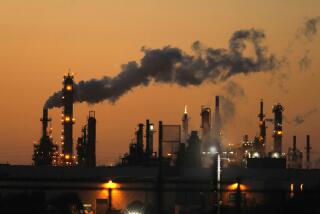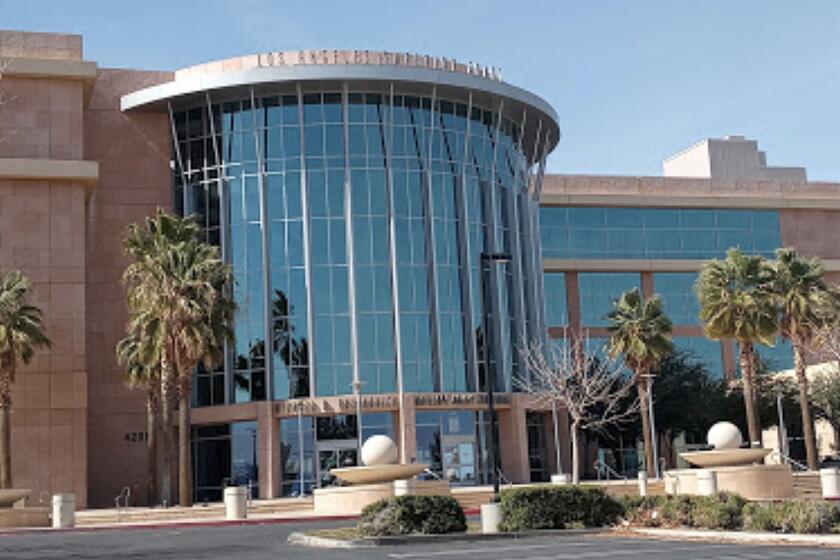Drill Site Discounted : L.A. Unable to Sniff Out Source of Mystery Odors
- Share via
Los Angeles officials are unable to pinpoint the cause of foul-smelling odors in the northeast San Fernando Valley, but they doubt that the Chevron oil-drilling site in Pacoima--which had been suspected--is responsible.
Residents who complained of odors are not in the path of prevailing winds from the drill site, William R. McCarley, the city’s chief legislative analyst, says in a report scheduled to come before the City Council’s Public Health Committee on Friday.
The report was requested in September by Councilman Ernani Bernardi after about 70 residents near the Paxton Street drill site complained of headaches, eye irritation and nausea from a musty-smelling odor that permeated their neighborhood.
Since then, Bernardi’s office has not received more odor complaints from the area, said his aide, David Mays.
McCarley said records indicate the area “experiences sporadic reportings,” with “more than usual in September.”
In September, he said, the area had “some coincidental occurrences which may have contributed to the odor problem.” The area was experiencing a major inversion layer, “which may have tended to trap and concentrate odors,” McCarley said. Also, gasoline was dumped illegally into neighborhood sewers Sept. 19, he added.
He said other possible causes are fumes from vehicles traveling through the junctions of the Golden State, San Diego and Simi Valley freeways and trucks carrying “foul-smelling cargo on the freeway, both of which are aggravated by atmospheric conditions such as inversion layers.”
Another possible source is the occasional overload of sewers, McCarley said. Area sewers are at or exceed capacity, according to the city engineer’s office.
McCarley recommended that the city speed up efforts to enlarge the sewer system, let residents know what number they can call to report odors, and encourage them to tour the Chevron site “to allay any fears as to the safety” of its operation.
“We’ve done all we can do,” Mays said. “We looked at all the potential causes. And we concluded that none of them is a current threat or hazard to the community.”
More to Read
Sign up for Essential California
The most important California stories and recommendations in your inbox every morning.
You may occasionally receive promotional content from the Los Angeles Times.











